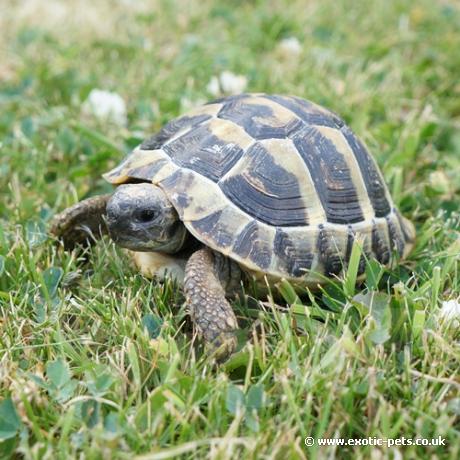Ingredients
1 package (or 2 and ¼ teaspoons) active dry yeast
1 cup (240ml) warm water
½ teaspoon salt
1 egg, lightly beaten
2 tablespoons (30ml) vegetable oil
2½ - 3 cups (313-475g) all-purpose flour or bread flour
Put the yeast and water in a large bowl and leave for 10 minutes.
What you're doing here is giving the yeast a head start before everyone else jumps in the bowl.
You should see your yeast froth to the surface of the water. If you don't see any froth then a) your
yeast is old or dead and you need to get some fresh stuff, b) your water was too hot and you burned
them to death or c) did you wait 10 minutes? did you really? i mean, like really REALLY?
You should see your yeast froth to the surface of the water. If you don't see any froth then a) your
yeast is old or dead and you need to get some fresh stuff, b) your water was too hot and you burned
them to death or c) did you wait 10 minutes? did you really? i mean, like really REALLY?
It's difficult to give an exact flour measurement because flours differ from place to place. What you're
ooking for is a cohesive mass of dough, so add the first two cups of flour, mixing after each addition, and
then add the last cup in bit by bit until you see your dough come together.
ooking for is a cohesive mass of dough, so add the first two cups of flour, mixing after each addition, and
then add the last cup in bit by bit until you see your dough come together.
Turn the dough out onto a lightly floured surface and knead for 10 to 20 minutes or until dough is
smooth and elastic.
smooth and elastic.
This is the most work you'll have to do for these buns, I promise. You can add a little bit of flour from
time to time to keep the dough from sticking to the surface or to your hands, but don't add too much or
you'll end up with tough dough (tough dough = tough buns).
time to time to keep the dough from sticking to the surface or to your hands, but don't add too much or
you'll end up with tough dough (tough dough = tough buns).
Place the dough in a lightly greased bowl, cover and leave to double in volume. (Optional step: Punch
down and leave to double in volume again.) In my 30°C/86°F kitchen, my dough took about 1 hour to double in size. The dough will prove (rise) at almost any temperature except freezing, it just depends on how hot/cold
your kitchen is. Better to go by volume here, and not by time.
down and leave to double in volume again.) In my 30°C/86°F kitchen, my dough took about 1 hour to double in size. The dough will prove (rise) at almost any temperature except freezing, it just depends on how hot/cold
your kitchen is. Better to go by volume here, and not by time.
Punch the dough down and turn out onto a lightly floured surface. Shape the buns and place in an ungreased
baking tin. Cover and leave to rise until almost doubled.
While the buns are rising, preheat your oven to 190°C/375°F, and make your coconut sauce.
baking tin. Cover and leave to rise until almost doubled.
While the buns are rising, preheat your oven to 190°C/375°F, and make your coconut sauce.
½ can (200ml) canned or fresh coconut milk
½ can (200ml) water
½ cup (100g) sugar
Combine all ingredients well.
If your coconut milk is a little coagulated, just give it a stir and it'll be right as rain. Try to use a good quality
canned coconut milk (my mother thought the thicker, the better) but as always, fresh is best.
When Rm 17 tasted the Panipopo. They said it was delicious and soft.
For me, it felt like I was back in the kitchen with my nana. My tummy
was soo full, I felt like going to sleep because it was Miraculously yummy.
Soft fluffy bun soaked in that golden, sweet, coconut sauce and it was warm
too.
By Roy Fifita
canned coconut milk (my mother thought the thicker, the better) but as always, fresh is best.
When Rm 17 tasted the Panipopo. They said it was delicious and soft.
For me, it felt like I was back in the kitchen with my nana. My tummy
was soo full, I felt like going to sleep because it was Miraculously yummy.
Soft fluffy bun soaked in that golden, sweet, coconut sauce and it was warm
too.
By Roy Fifita

























.svg/2000px-Pride_heart_(vector_format).svg.png)



